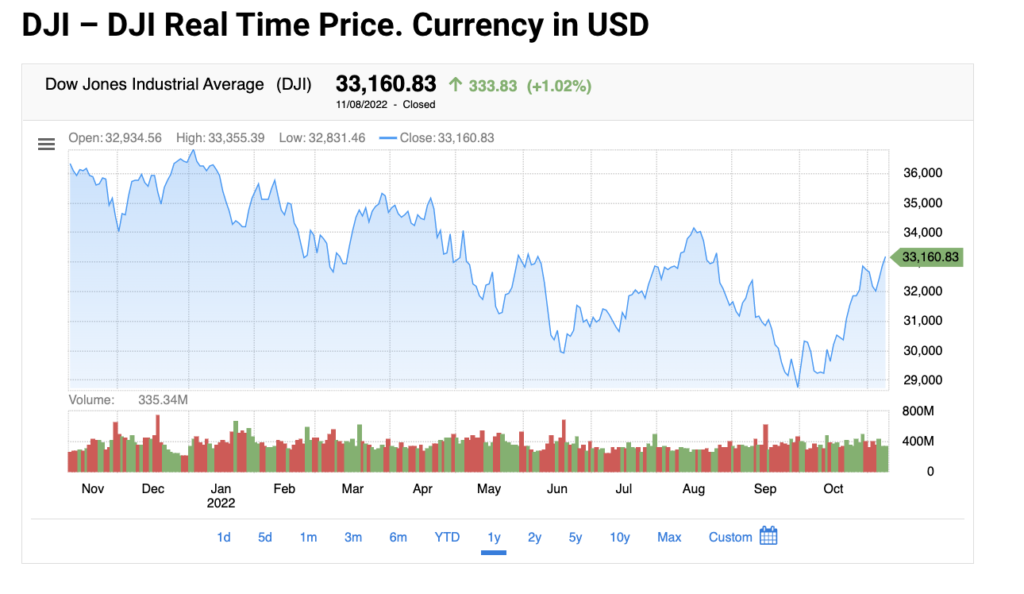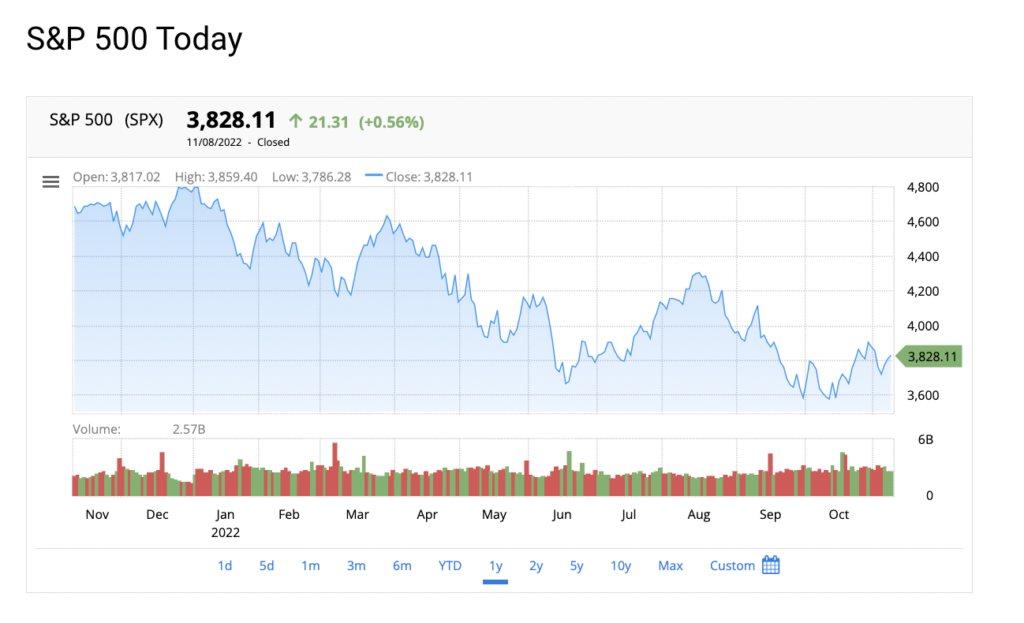With all of the talk about the stock prices market, you may wonder what indexes are and how they are used. Are they just a way to measure the stock market’s performance? What role do they play in investing? Whether you are new to investing or a seasoned pro, it is important to understand the role indexes play. This article will discuss indexes, provide examples, and explain their importance in investing. Let’s get started.
What Is An Index?
An index is a statistical measure of change in a particular market. It is used as a benchmark to compare the performance of certain investments against a particular market or group of markets. Indexes are compiled by investment firms and provide a broad overview of how an entire market performs.
From a technical perspective, an index measures the magnitude and direction of price changes for a group of securities. This can be done by tracking the daily price changes of each security in the group and then aggregating these changes into one figure. The calculation methodology makes indexes related to the stock and bond markets important. The actual numeric value representing the index might not be as relevant as the relative change of an index.
How Are Indexes Used?
Investors use indexes in a variety of ways. Some use indexes to measure market sector performance, while others may use them as the basis for creating investment products like index funds or exchange-traded funds (ETFs). Still, others invest directly in individual index components or futures and options on indexes. The common uses include:
1. Market Performance Monitoring
Investors often look at stock market indexes to gauge how the overall market performs. The most prominent index in the U.S. is the Dow Jones Industrial Average (DJIA), which includes 30 large, publicly traded companies. The S&P 500 Index is another widely followed index that contains 500 large-cap stocks.

2. Performance Benchmarking
For portfolio managers, indexes often serve as a benchmark to gauge the performance of their portfolios. For instance, if a manager is trying to beat the S&P 500 Index, she will compare the return of her portfolio to that index. Also, many managers will compare the return of their portfolio to a sector index, such as the S&P 500 Information Technology Index, if they have a large position in that sector.

3. Asset Allocation and Portfolio Construction
Investors often use indexes to help with asset allocation and constructing portfolios. For example, an investor who wants to replicate the performance of the S&P 500 Index can do so by purchasing an ETF that tracks that index. Or, if an investor wants to overweight a particular sector, she might purchase individual stocks or an ETF that tracks a sector-specific index.
4. Index-Linked Investing
For many investors, the key to success is replicating the returns of an index rather than trying to outperform it. This can be accomplished through index investing, a low-cost and popular way to mirror the performance of an index for financial markets.
Index-linked investing involves creating an index fund or strategy with positions that match an index. For example, if you wanted to replicate the Dow Jones Indices Industrial Average, you would buy proportional positions in the 30 companies that make up the DJIA. This also means selling more of the stock of underperforming companies and buying more of the stock of outperforming companies.
By investing in this way, you can focus on achieving market returns instead of trying to beat the market, which can be a difficult and costly endeavor. Index-linked investing is a smart and simple way to invest in the market and can help you achieve your financial goals.
5. Track Bond Market
Along with stocks, indexes are also used to measure other asset classes like bonds. For example, the Bloomberg Aggregate Bond Index tracks the investment-grade bond market. On the other hand, the Emerging Market Bond Index covers government bonds from emerging market economies. This way, a broad market index provides a valuable overview of how different markets perform.
Index Examples
One of the best-known global indexes is the S&P 500. This index captures approximately 80% of all stocks traded in the US. The Dow Jones Industrial Average (DJIA) is also a widely known index, but it only includes 30 stocks from publicly traded companies in the US.
Other prominent indexes include Wilshire 5000 Total Market Index, Nasdaq Composite Index, MSCI EAFE Index, STOXX Europe 600, and the Bloomberg US Aggregate Bond Index.
Major US Indexes
Dow Jones
- Dow Jones Industrial Average
- Dow Jones Transportation Average
- Dow Jones Utility Average
- Dow Jones 65 Composite
- Dow Jones Total Stock Market
- Barron’s 400
S&P
- S&P 500 Index
- S&P 100 Index
- S&P MidCap 400
- S&P SmallCap 600
- S&P SuperComp 1500
Nasdaq Stock Market
- Nasdaq Composite
- Nasdaq 100
- Nasdaq Biotech
Other U.S. Indexes
- NYSE Composite
- Russell 1000
- Russell 2000
- Russell 3000
- PHLX Gold/Silver
- PHLX Oil Service
- PHLX Semiconductor
- CBOE Volatility
- KBW Bank
- Value Line (Geometric)
- Alerian MLP

Indexed annuities are similar to mutual funds in that they are both tied to a trading index. The main difference is that with an indexed annuity, the investment return is linked to a particular index but usually has caps on the returns it provides.
For example, suppose you purchase an indexed annuity based on the Dow Jones Industrial Average with a 10% cap. In that case, your return on investment will fall between 0 and 10%, depending on the annual changes to that index.

They allow investors to purchase securities that grow along with broad market segments or the total market without trying to create an investment portfolio that closely mimics the index.
How To Construct An Index?
Several methods exist for constructing an index. Considering how to weigh the index’s various components is often a key factor in the decision. The three primary methods are as follows:
- Market Cap: Also known as a capitalization-weighted index, this approach gives more index weight to those components with the largest market capitalization (market value). For example, the S&P 500 employs this method.
- Price Weighting: This technique assigns more index weight to the highest-priced components. The S&P Dow Jones Indices are examples of a price-weighted index.
- Equal Weighting: As the name suggests, each component in an equal-weighted index receives the same weighting. This is also sometimes referred to as an unweighted index.
Conclusion
Providing a broad representation of how markets are performing, indexes serve as benchmarks to gauge the movement and performance of market segments, as well as a basis for portfolio or passive index investing. From the S&P 500 to the Dow Jones Industrial Average, there are several indexes that investors can use to measure market performance and make investment decisions.


